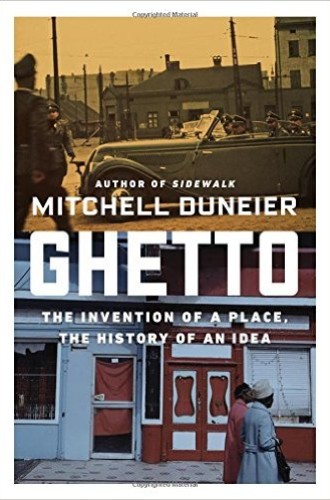Neighborhoods real and imagined
She could not quite complete the sentence. “I wonder if you can explain how it is that some black people dress and talk just like I do while others . . .” Her voice trailed off. It was the regular meeting of a women’s community group, and we were sitting knee-to-knee in one member’s living room: some 25 white women, most in their sixties and seventies, and me, the white male professor and guest speaker for the day. I had been invited to talk about race and civil rights. Once I concluded my initial remarks we moved into a question-and-answer period and now here we were, awaiting an end to this seemingly interminable silence.
Finally, another voice piped up, “Well, then there’s the ghetto blacks.” Murmurs of agreement greeted her words almost immediately. Clearly others had been thinking the same thing but had been afraid to say it.
And for good reason: ghetto is a word that exists today on the margins of polite conversation. Most of the women in the room understood this, but as their murmurs underscored, the avoidance of the word has done little to sap the force of the idea.





